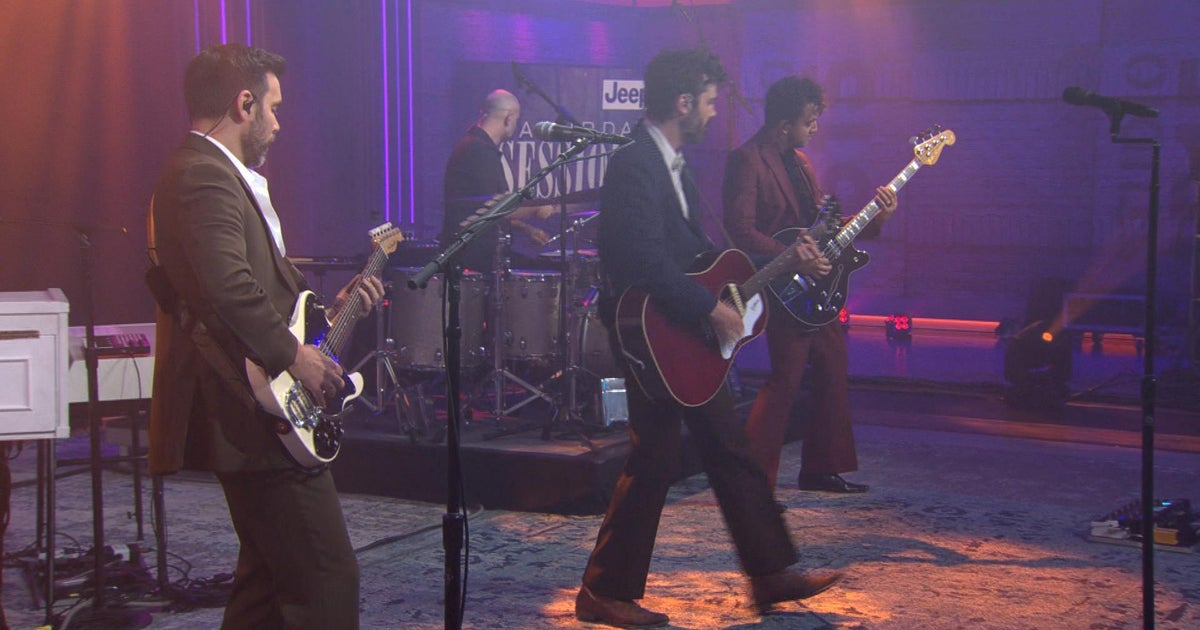

The Air Force plans to use leftover funds from the LGM-35A Sentinel nuclear missile program to help pay for refurbishing a Qatari-donated plane into a new Air Force One presidential transport aircraft.
Air Force Secretary Troy Meink said in a June 26 hearing that the reallocated Sentinel money was “excess to need in [20]24,” and stressed the program to build new intercontinental ballistic missiles and launching infrastructure would not suffer or see further delays from moving funds around.
“Let me be very clear, the Sentinel program is fully funded [and has] all the resources it needs to execute as quickly as possible,” Meink told the Senate Appropriations defense subcommittee.
President Donald Trump has repeatedly voiced dissatisfaction with Boeing’s delays in building a pair of new VC-25B Air Force One aircraft, which were originally expected to be delivered in 2024. Those planes are now on track to be delivered in 2029, but Meink said the Air Force is looking for ways to push that delivery up to 2028.
Some experts have warned revamping a Qatar-donated Boeing 747-8 — which would only be used for a relatively short period and donated to Trump’s presidential library near the end of his term — could cost more than $1 billion, and would not be a good use of taxpayer dollars.
“This looks like one of the bigger wastes of money inside [the Air Force’s] budget, but it also presents some real ethical and moral problems for this committee,” Sen. Chris Murphy, D-Conn., said during the hearing.
Meink told lawmakers the billion-dollar estimate is high, and said the Air Force wouldn’t have to cover expenses such as training and spare parts that have already been paid for. He said converting the Qatar plane would cost less than $400 million, and could be done in less than a year.
Murphy called Meink’s $400 million estimate “wildly rosy.” He noted that a year-long preparation for the Qatar plane would have it ready in late 2026. That would not leave a lot of time for the Air Force to use the plane and he criticized reported plans to transfer the plane to Trump’s library.
“So we’re going to spend somewhere between $400 million and $1 billion to get a bridge plane that only lasts one year, or one-and-a-half years?” Murphy said. “If the plane only is in the U.S.’s possession for a year, and then it becomes President Trump’s personal possession, that doesn’t sound like a great use of my taxpayer dollars.”
Meink said 2028 is now the earliest Boeing will be able to deliver the VC-25Bs, so the Qatar jet would be used for more than a year.
Meink said he could not outline details of the agreement between the United States and Qatar to accept the gifted airplane or say where it is in the process. The Air Force is ready to take possession of the aircraft and start modifying it, he said.
Sen. Jeanne Shaheen, D-N.H., asked Meink about reports that the Qatari jet would be limited to domestic travel due to security concerns, and would require a fighter escort because of a lack of security capabilities that are typically included in Air Force One planes. Meink declined to discuss what modifications would be made, and how the plane would operate in different environments.
The Sentinel program’s restructuring, as part of a cost overrun review, led to some of its 2024 funding being available earlier than the program actually needed it, Meink said.
An unanticipated spike in the future costs of the infrastructure needed for Sentinel — which is planned to replace the nation’s arsenal of hundreds of Minuteman III ICBMs — triggered a process known as a critical Nunn-McCurdy breach in January 2024. After a review, the Pentagon concluded Sentinel was too critical to abandon, and in July 2024 announced the Air Force must restructure it to bring costs down.
Sentinel originally was projected to cost $77.7 billion, but risked its actual cost hitting roughly $160 billion without any changes. However, even the modified version of Sentinel would still cost about $140.9 billion, the Pentagon said last July.
Stephen Losey is the air warfare reporter for Defense News. He previously covered leadership and personnel issues at Air Force Times, and the Pentagon, special operations and air warfare at Military.com. He has traveled to the Middle East to cover U.S. Air Force operations.











-3.png)



